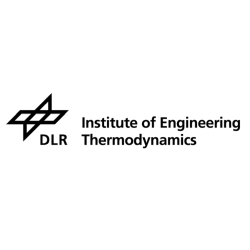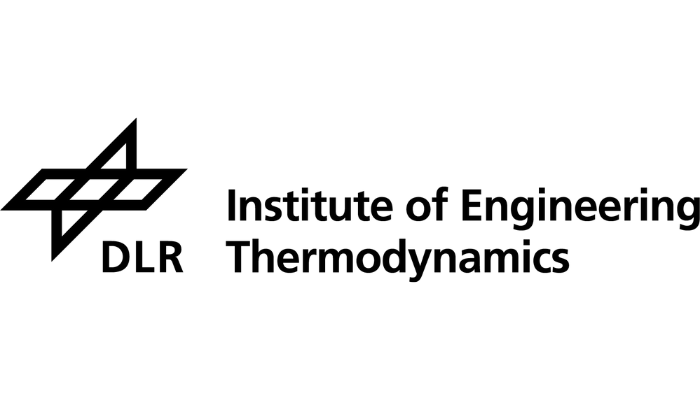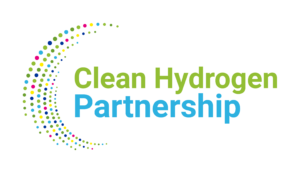
DEUTSCHES ZENTRUM FUR LUFT – UND RAUMFAHRT
DEUTSCHES ZENTRUM FUR LUFT - UND RAUMFAHRT
Organisation Introduction
The German Aerospace Center (Deutsches Zentrum für Luft- und Raumfahrt; DLR) is Germany’s national research and technology centre for aeronautics, space, energy, transport, security and defence. DLR’s work spans a wide range of applications, delivering results and innovations that benefit industry and business, government agencies and the public sector. At the heart of DLR’s mission is its commitment to society, which it fulfils through extensive knowledge sharing and targeted technology transfer.
The DLR Institute of Engineering Thermodynamics’ Electrochemical Energy Technology department has accumulated many years of proficiency in fuel cell systems and water electrolysis technologies, encompassing AEM, alkaline, PEM and SOEC.
The institute’s multidisciplinary team combines advanced laboratory experimentation with state-of-the-art computer simulations. They do this to investigate the fundamental principles of, for example, electrochemical and thermochemical energy storage. The team also assesses the efficiency, cost-effectiveness and sustainability of future energy systems. The development of cutting-edge solutions for a climate-neutral energy future is supported by this work.
Why SWEETHY?
The German Aerospace Center ((Deutsches Zentrum für Luft- und Raumfahrt; DLR) has contributed decades of expertise in water electrolysis and clean energy systems through its Institute of Engineering Thermodynamics.With a strong track record in developing and testing electrochemical technologies including alkaline, AEM, PEM, and SOEC, DLR is well positioned to address the unique challenges of seawater electrolysis. Its experience in development, corrosion-resistant materials, and material integration supports the project’s goal of producing sustainable hydrogen from saline water sources.
What in SWEETHY?
As a partner in the SWEETHY project, DLR will contribute its extensive knowledge in membrane electrode assembly (MEA) development. In addition, DLR will support the consortium in optimizing single-cell performance by applying advanced surface science techniques and electrochemical diagnostics. DLR will also play a key role in developing anti-corrosion coatings for bipolar plates (BBPs) and porous transport layers (PTLs), leveraging its long-standing expertise in plasma spraying technologies.

“The seawater electrolysis project enables DLR to advance innovative electrochemical technologies for green hydrogen production, thereby bridging the gap between scientific excellence and real-world sustainability impact.”

